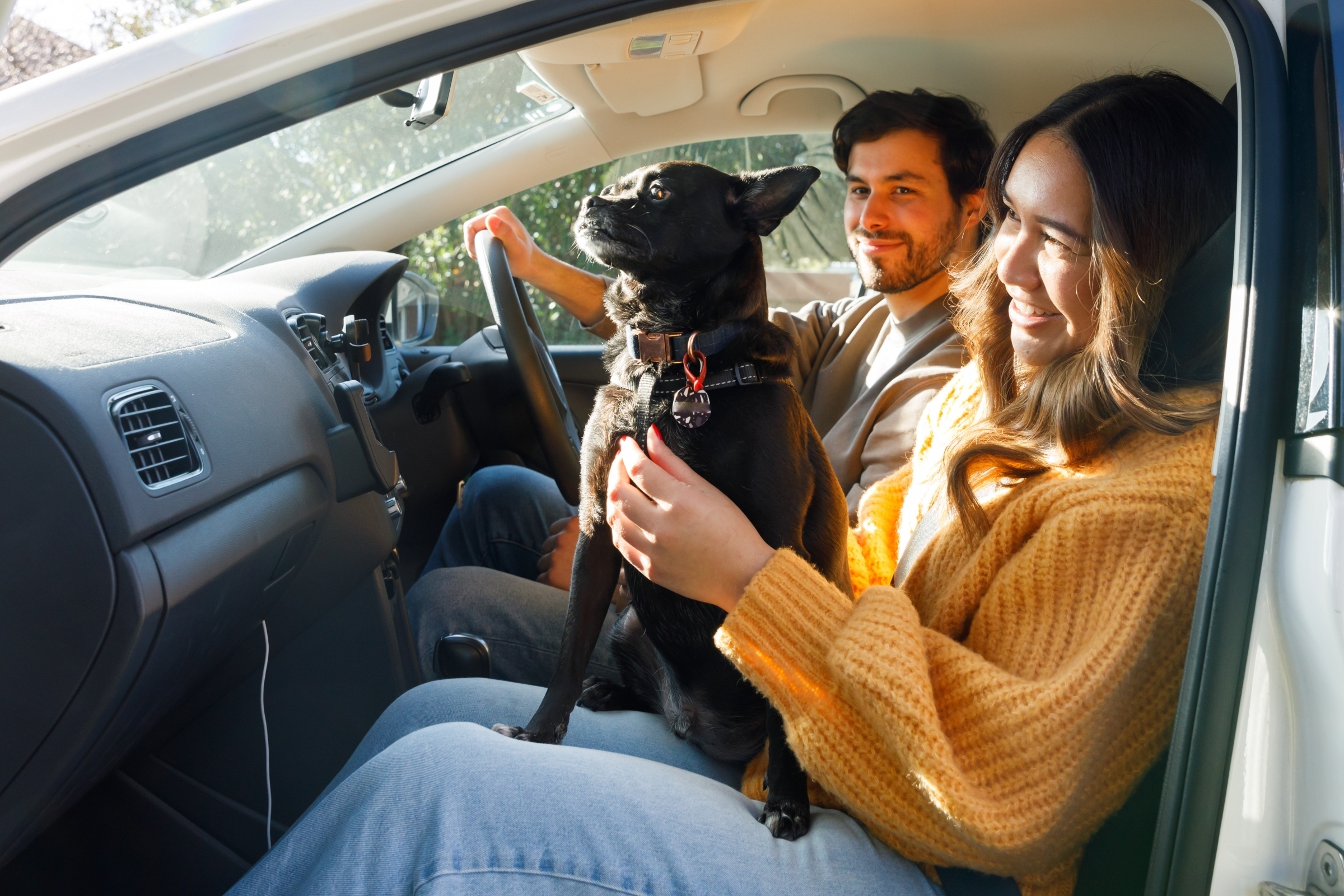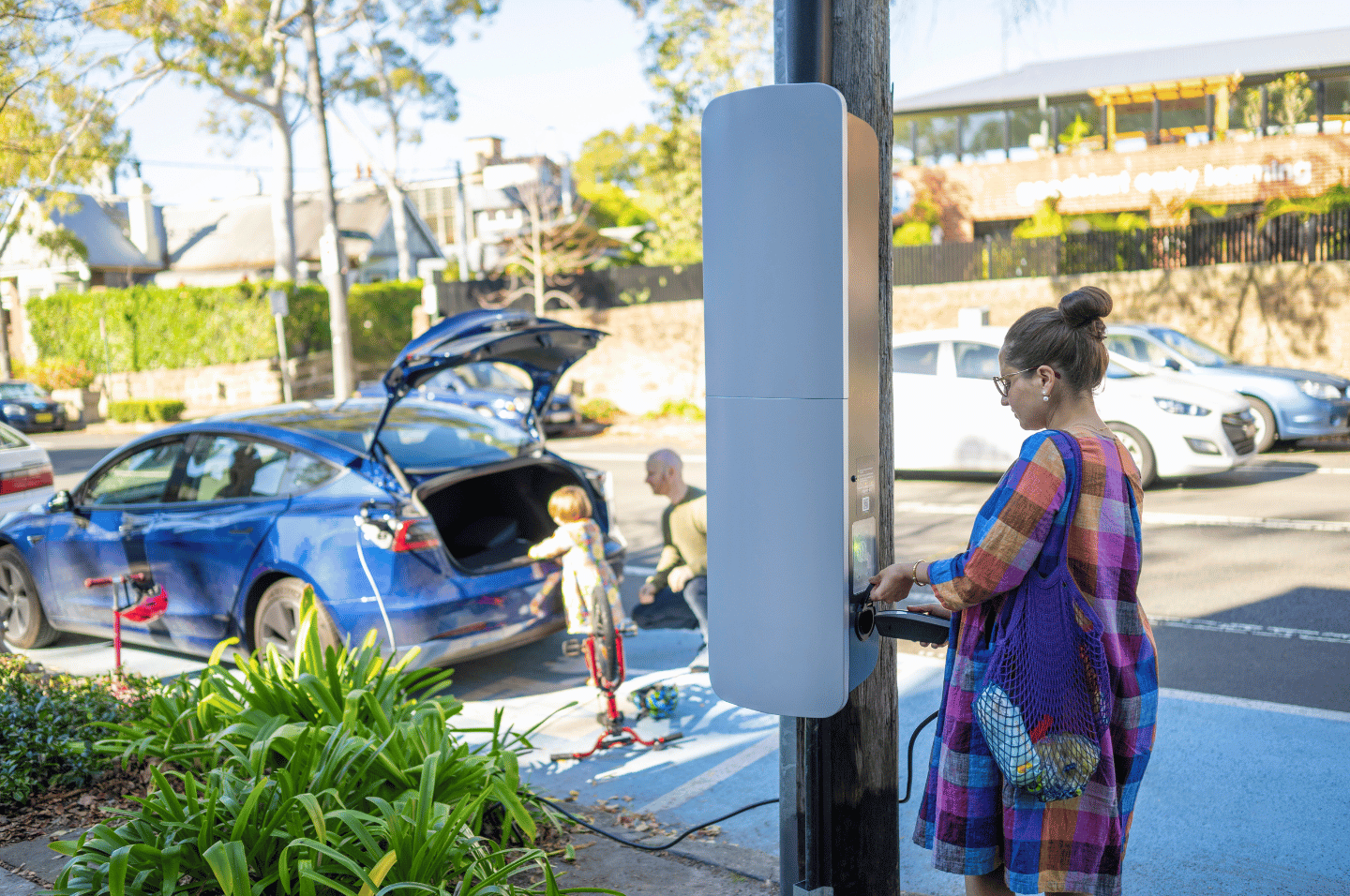Australia’s public charging infrastructure is rapidly expanding to meet growing demand from electric vehicle (EV) motorists.
Most EV drivers rely on the convenience of private home charging and may use public fast charging when driving longer distances. EV owners can access public charging at a range of locations to suit their needs – including at highway charging stations, shopping centres and tourist locations.
As the country continues to invest in public charging infrastructure that is powered by renewable energy, EVs are becoming an increasingly practical and sustainable choice for Australian drivers.
Types of charging
EVs can be charged in many ways. The hardware used to deliver the electricity to a plug-in EV battery is categorised into 3 levels, based on the power available – which affects charging time.
Level 1 – trickle charging
Charging may be done via a regular power point like the ones you find in your home. Sometimes referred to as a “trickle charge”, this slow charging option is delivered via alternating current (AC) and provides power of between 1.4kW to 3.7kW. Level 1 charging may be suitable for overnight charging at home and daytime charging at a workplace, for vehicles travelling less than 100km per day.
Level 2 – destination charging
Level 3 – fast charging
Level 3 charging is the fastest charging option and is delivered by direct current (DC). Level 3 charging covers a wide power range between 25kW to 350kW. This level of charging is mostly offered at commercial charging stations. This is the preferred charging option for regular EV drivers undertaking extended trips, as it allows a vehicle to recharge in much faster time frames than level 1 or level 2.

How long does it take to charge an EV?
The speed of charging depends on both the type of charger and the model of EV. All EVs have a maximum charging rate they can accept for both AC and DC charging, and some can charge faster than others. You can safely charge with higher-powered equipment but the vehicle system will still only charge at the level it can handle and this will determine the time it takes.
For example, some newer EVs can charge up to 350kW, with a 350kW fast charger getting the battery from 10% to 80% in approximately 20 minutes. But charging a car with a 120kW DC limit using that same charger might take 2-3 times longer.
Finding an EV charger
When considering an EV, it is important to know how you will be using the vehicle, and what charging options are available to you. Such as, whether you:
- can charge your vehicle at home using renewable energy, such as home solar
- will be drawing from the grid, and adding to your electricity bill
- have charging available in your apartment block
- have a commercial fast charging station or AC charger near to your home or on your commute. If so, how much does it cost to charge your vehicle per kWh?
Public EV chargers provide additional options for drivers to keep their vehicles charged. There are various resources, websites, and apps to help you look up local charging availability. Some of these resources include:
- PlugShare - a community-based guide to available charging locations around Australia
- New South Wales NRMA
- Victoria RACV
- Queensland RACQ
- Western Australia RAC
- South Australia RAA
- Tasmania RACT
- ACT Climate Choices guide to public chargers
EV plug types in Australia
There are standardised charging plug types for vehicles in the Australian market. These are:
- Type 2 (Mennekes) - AC charging
- Combined Charging System (CCS2) – most common plug for DC charging
- Charge de Move (CHAdeMO) – least common plug for DC charging.
Adapter cables and BYO cables are available to ensure all vehicles can be charged on Australian EV charging infrastructure.
For further information on EV charging, visit the Electric Vehicle Council’s website.
Compare vehicle emissions ratings to reduce your footprint
Explore and compare thousands of vehicle emissions ratings of all engine and body types available in the Australian market


